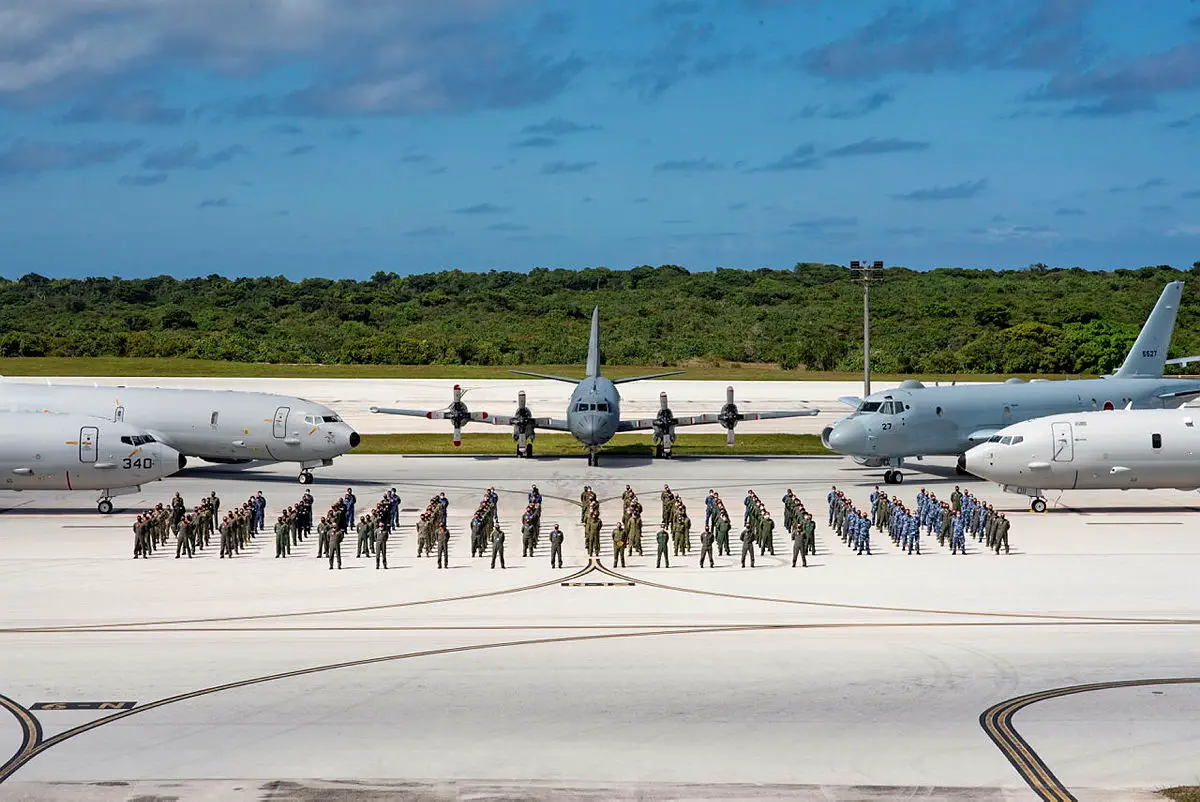The Royal Australian Air Force (RAAF) has deployed to Anderson Air Force Base, Guam to participate in the United States Navy-led exercise, Sea Dragon 2024. From 8 to 24 January, two RAAF P-8A Poseidon aircraft and 51 personnel will conduct anti-submarine warfare missions alongside US Navy P-8A Poseidon, Indian Navy P-8I Neptune, Republic of Korea Navy P-3CK Orion and Japan Maritime Self-Defense Force Kawasaki P-1 aircraft. The participating nations and aircraft will conduct a range of flying missions to track, identify and target submarine vessels, demonstrating their capacity to work together and operate effectively.
Exercise Sea Dragon Detachment Commander, Squadron Leader Jacqueline Killian said,“The exercise provides an environment for the participating nations to further develop their interoperability and share tactics with one another. Exercise Sea Dragon provides a unique opportunity for crews from RAAF No. 11 Squadron to gain tactical experience conducting anti-submarine warfare missions with our Indo-Pacific partners. Across the two weeks of the exercise our aviators will overcome a range of challenges, working to safely and effectively operate together. The training accomplished on Exercise Sea Dragon will ensure we are prepared to integrate within a maritime environment and provide effective deterrence for Australia’s maritime security.”

The Boeing P-8 Poseidon is an American maritime patrol and reconnaissance aircraft developed and produced by Boeing Defense, Space & Security, and derived from the civilian Boeing 737-800. It was developed for the United States Navy (USN). The P-8 operates in anti-submarine warfare (ASW), anti-surface warfare (ASUW), and intelligence, surveillance and reconnaissance (ISR) roles. It is armed with torpedoes, Harpoon anti-ship missiles, and other weapons, can drop and monitor sonobuoys, and can operate in conjunction with other assets, including the Northrop Grumman MQ-4C Triton maritime surveillance unmanned aerial vehicle (UAV).
On 20 July 2007, the Australian Minister for Defence announced that the P-8A was the preferred aircraft to replace the Royal Australian Air Force fleet of Lockheed AP-3C Orions in conjunction with a then yet-to-be-selected unmanned aerial vehicle. The last AP-3C was scheduled to be retired in 2018, after nearly 30 years of service. In March 2009, Australia’s Chief of Air Force stated that, subject to government approval, the RAAF would introduce the P-8A in 2016. In July 2014, negotiations commenced between Boeing and the US Department of Defense to integrate the AGM-84 Harpoon Block 1G anti-ship missile onto the P-8A on Australia’s behalf. The RAAF accepted its first P-8A on 27 September 2016; it arrived in Australia on 14 November. The RAAF had received 12 P-8As by 13 December 2019. The Australian Government approved ordering two additional aircraft on 30 December 2020.















